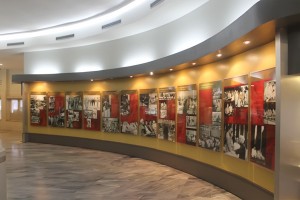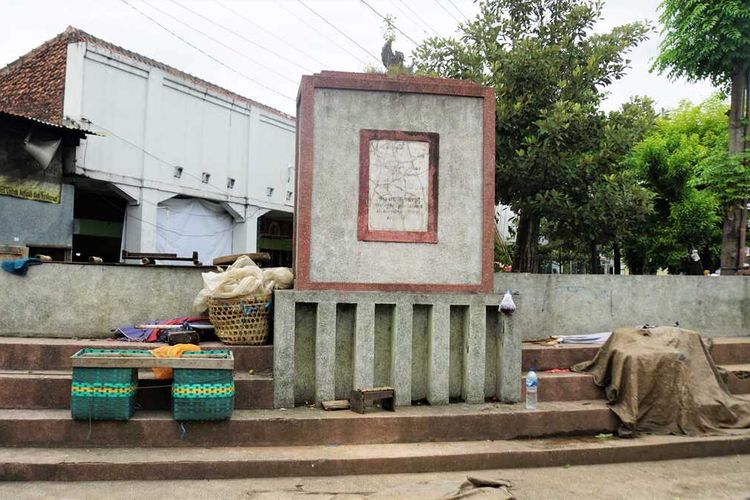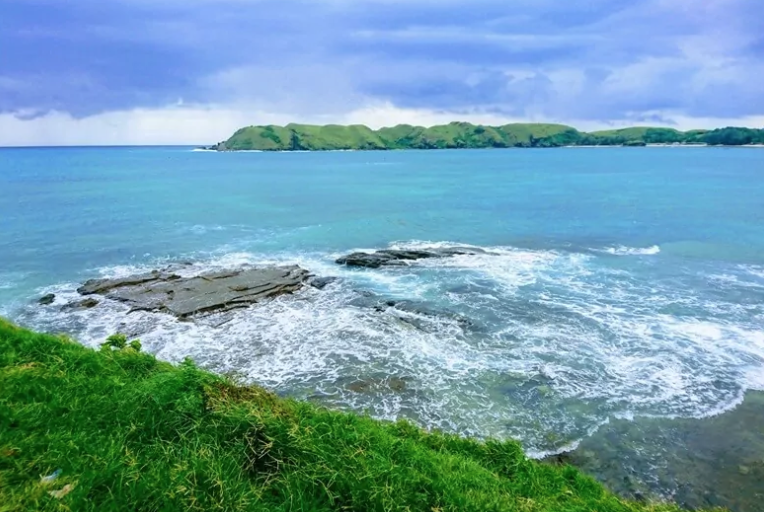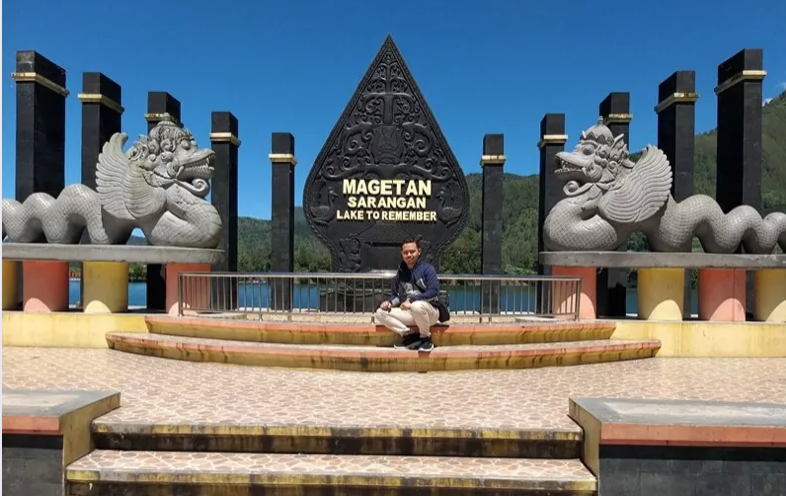Museum of The Asian-African Conference
The historic first Asian African Conference was convened here in the “Gedung Merdeka”, Bandung, West Java, from 18th to 24th April 1955, a recognized milestone in world history.
This was the first time that 29 Asian and African countries, most of whom had just gained their independence from centuries of colonial rule, gathered to join hands to determine their own future. Together they covered a quarter of the world’s land surface with a total population of 1.5 billion people.
Initiated by Indonesia, Burma (now Myanmar), Ceylon (now Sri Lanka), Pakistan and India, other countries participating were : Afghanistan, Cambodia, the People’s Republic of China, Cyprus, Egypt, Ethiopia, Iran, Iraq, Japan, Jordan, Laos, Lebanon, Liberia, Libya, Nepal, the Philippines, Saudi Arabia, Syria, Sudan, Thailand, Turkey, the Democratic Republic of Vietnam (North Vietnam), the State of Vietnam (South Vietnam), and Yemen.
Those attending are those in the Who’s Who of Asian and African history. They were among others, Soekarno of Indonesia, Jawaharlal Nehru of India who came with daughter Indira Gandhi, Sir John Kottalawala of Ceylon, Muhammed Ali of Pakistan, Prince Norodom Sihanouk of Cambodia, U Nu of Burma, General Abdel Nasser of Egypt, Zhou En Lai of China and many more.
And, to underscore solidarity among the nations, leaders and delegates made the dramatic historic walk together from their hotels at Savoy Homann, the Preanger and the Panghegar to Gedung Merdeka.
The Conference produced the 10 Point Declaration known as the Bandung Declaration. The first Asian African Conference was henceforth also known as the Bandung Conference, which became the cornerstone for the Non-Aligned Movement.
Held at the height of the Cold War between the United States and Russia, – the western and eastern blocs – the Bandung Conference gained a big success both in formulating common concerns, preparing operational guidance for cooperation among Asian African Nations, as well as creating world order and world peace.
 The conference resulted in the Dasasila Bandung, in which most of the principles of the United Nations were incorporated, and which became the guideline for colonized countries in their fight for independence. It also became the fundamental principles in promoting world peace and international cooperation. The success of the conference was not only important and meaningful for that period in history, but since essentialy it exuded the soul and spirit of the people living in the two continents, the Asian-African Conference continues to be a source of inspiration for generations.
The conference resulted in the Dasasila Bandung, in which most of the principles of the United Nations were incorporated, and which became the guideline for colonized countries in their fight for independence. It also became the fundamental principles in promoting world peace and international cooperation. The success of the conference was not only important and meaningful for that period in history, but since essentialy it exuded the soul and spirit of the people living in the two continents, the Asian-African Conference continues to be a source of inspiration for generations.
In order to remind the world and to continue to act on the principles of the Bandung Declaration, the venue of this memorable first Asian African Conference – Gedung Merdeka – was made into a Museum to become a continuous source of inspiration for the world, and in particular for Asian and African nations.
As Minister of Foreign Affairs, Prof. Dr. Mochtar Kusumaatmadja met many Asian and African leaders who frequently asked him about Gedung Merdeka and the City of Bandung, venue of the Asian-African Conference. These talks always ended with their wish to be able to visit Bandung and Gedung Merdeka.
Inspired by the desire to eternalize the Asian-African Conference, the idea of establishing a Museum of the Asian-African Conference at Gedung Merdeka was borne by Prof. Dr. Mochtar Kusumaatmadja. The idea was delivered in the meeting of the Committee for the Commemoration of the 25th Anniversary of the Asian-African Conference (1980), which was attended by Director General of Culture, Prof. Dr. Haryati Soebadio as representative for the Department of Culture and Education. The idea was then fully supported by Indonesian President Soeharto.
This concept was materialized by Joop Ave, Executive Chairman of the Committee for the 25th Anniversary of the Asian-African Conference and Director General of Protocol and Consular in the Department of Foreign Affairs, in cooperation with the Department of Information, the Department of Education and Culture, the Provincial Government of West Java, and the Padjadjaran University. The technical planning and its execution were carried out by PT Decenta, Bandung.
The Museum of the Asian-African Conference was inaugurated by President of the Republic of Indonesia, Soeharto on 24th April 1980 as the culmination of the 25th Anniversary of the Asian-African Conference.
The Asian-African Museum is located at Jalan Asia Afrika in Bandung, just across Hotel Homann and near Hotel Preanger where delegates were accommodated
The Museum is open Mondays through Fridays from 08.0 am to 03.0 pm Western Indonesia Time











